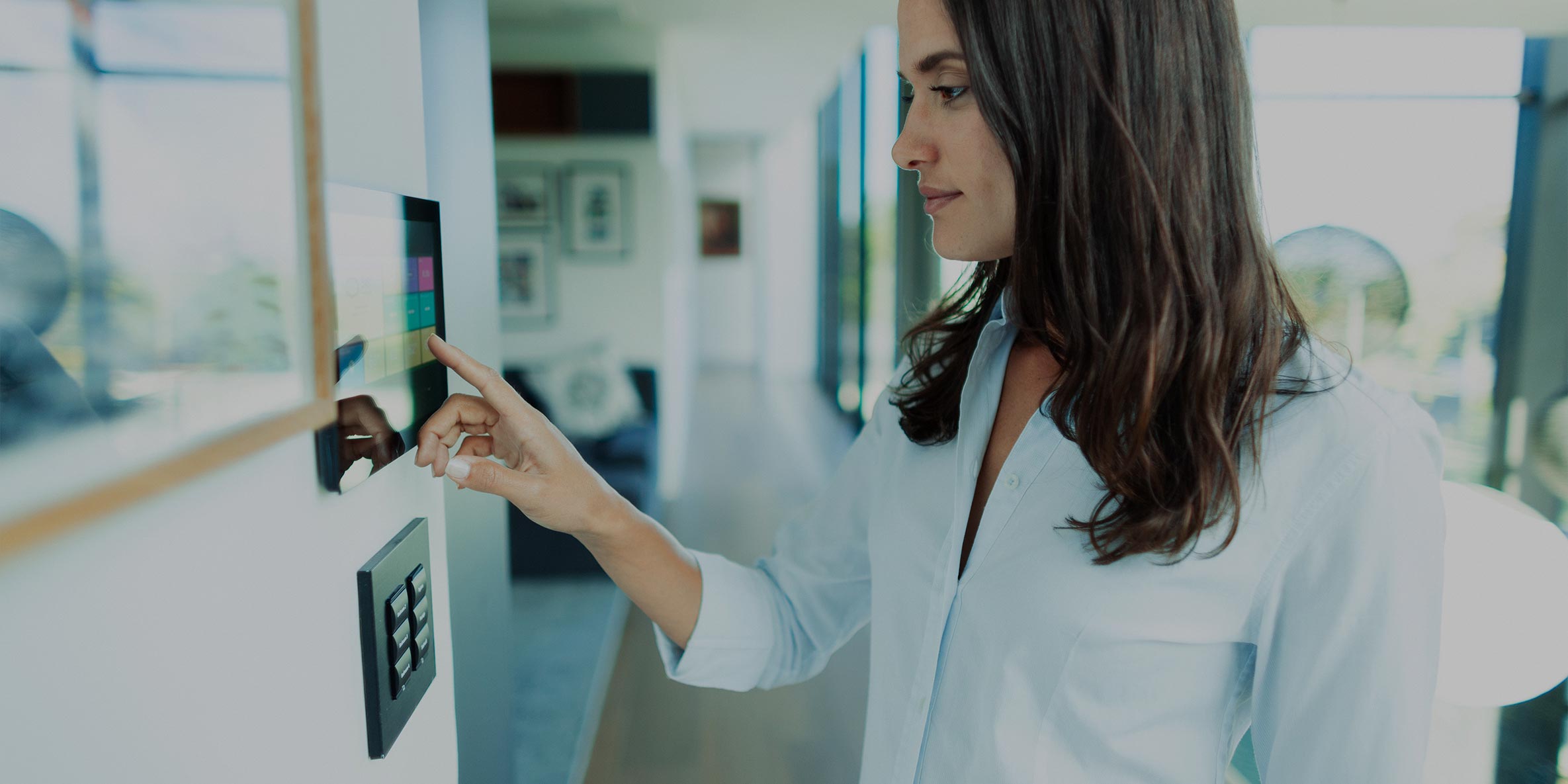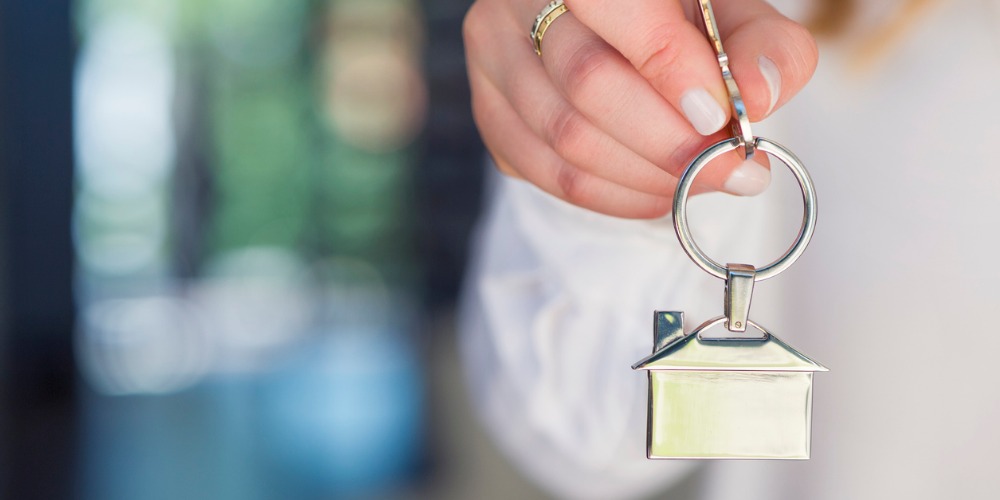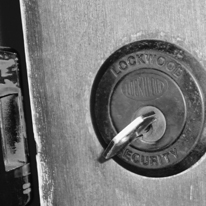Did you know that most smart home devices can be hacked in only 20 minutes?
Centralized home automation systems provide hackers a new way to kill two birds with one stone. Now, they are able to gain access to both your physical home and personal information simultaneously.
Experts believe that the lack of security for smart homes could be caused by the simple fact that there are not yet set standards.
This means it’s often up to consumers to evaluate device security.
In this post, we touch on the physical and information security concerns presented by smart home devices, and how you can overcome them with proper planning.
Physical Security
If someone hacks into your smart home system, they can enter and access your property just as easily as you can—by remotely unlocking locks and safes, disarming alarms and cameras, and opening garage doors and windows.
With the ability to disable these security features throughout your home, intruders are more likely to attempt break-ins and less likely to be caught.
Personal Information Security
The evolution of the Internet of Things also causes threats to personal information. People commonly store sensitive data online for easy access—e.g. banking accounts, personally identifiable information, healthcare records, etc. If housed on the same network as your smart home devices, hackers can use poorly secured devices as portals to access this sensitive data.
Put Security at the Forefront
To protect yourself, discuss with your security system vendor the best ways to secure smart home devices and the information stored within them. This includes:
- Purchase Z-Wave certified devices. Although smart home security standards are still in the works, there are ways to vet equipment quality, reliability and security. Look for the Z-Wave seal of approval, as this means devices have passed vigorous testing.
- Create strong passwords. Change default passwords on all devices prior to use. Pick one that’s eight or more characters long, and contains a mix of letters, numbers, symbols and capitalization types to make yours harder to crack.
- Secure your Wi-Fi. Give your router a unique name and password-protect it. Set your router settings to WPA2 (preferred) or WPA for stronger security. Relatedly, do not connect your devices to unfamiliar networks.
- Limit authorized devices. Select which devices (smartphones, computers, etc.) you would like to be able to access your smart home functionality, and then restrict others to prevent unauthorized usage.
- Use firewalls and antivirus software. Any computer that connects to your smart home devices should be equipped with these precautions to guard against hackers, malicious code, viruses and malware. Access to your computers could allow someone to retrieve your smart home device passwords.
When you follow the necessary protocols suggested by your vendor, you can decrease the probability of hacker attacks. Don’t run the risk of putting you and your family in danger by leaving your system unprotected.
What are some of your home automation concerns? Share in the comments below.
Image Source: Davide Restivo



